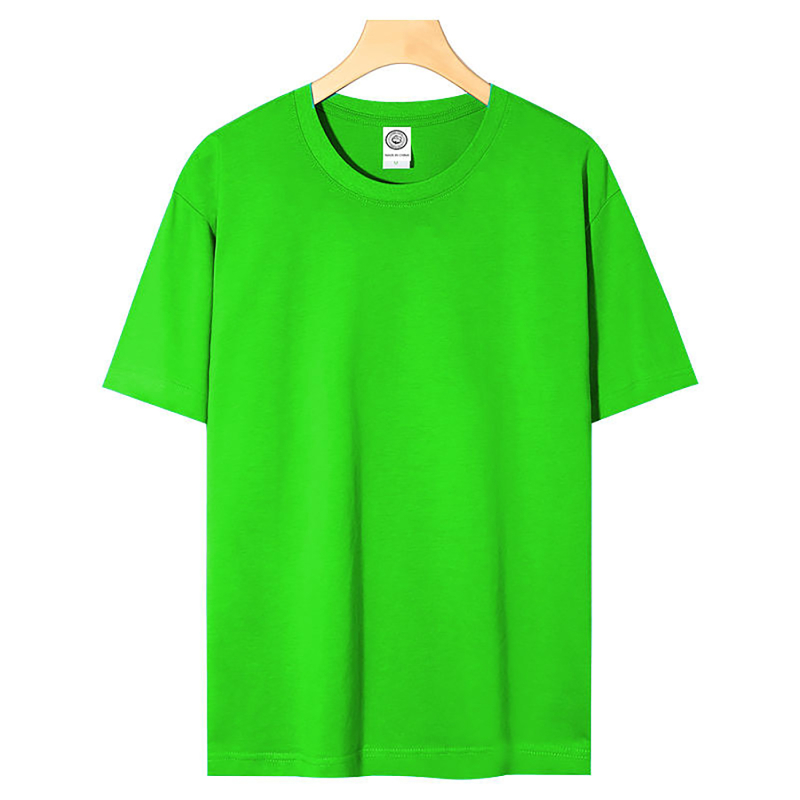- Afrikaans
- Albanian
- Arabic
- Armenian
- Basque
- Belarusian
- Bengali
- Bulgarian
- Croatian
- Czech
- Danish
- Dutch
- English
- Esperanto
- Finnish
- French
- German
- Greek
- Hebrew
- Hindi
- Indonesian
- irish
- Italian
- Japanese
- Javanese
- kazakh
- Rwandese
- Korean
- Kyrgyz
- Latin
- Latvian
- Luxembourgish
- Malay
- Myanmar
- Nepali
- Persian
- Polish
- Portuguese
- Romanian
- Russian
- Serbian
- Slovak
- Spanish
- Swedish
- Tagalog
- Tajik
- Turkish
- Ukrainian
- Uzbek
- Vietnamese
Aug . 16, 2024 22:41 Back to list
Cut Resistant Work Gloves for Maximum Protection and Safety in Various Tasks
No Cut Work Gloves A Comprehensive Guide to Safety and Comfort
In the world of industrial work, safety is paramount. One of the essential pieces of personal protective equipment (PPE) is cut-resistant gloves, often referred to as “no cut work gloves.” These gloves are designed to protect workers from cuts and abrasions while allowing for flexibility and dexterity. This article explores the importance of no cut work gloves, their materials, and the diverse applications that make them an indispensable tool in various industries.
The Importance of No Cut Work Gloves
Every year, thousands of workers suffer injuries due to cuts and abrasions, particularly in sectors such as manufacturing, construction, and logistics. These injuries can lead to severe consequences, including lost working days, reduced productivity, and increased medical costs. Hence, investing in high-quality no cut work gloves is crucial for employers and employees alike.
The primary function of no cut work gloves is to provide a protective barrier against sharp objects, including blades, glass, and metal shards. However, these gloves don’t just protect against cuts; they also offer resistance to punctures, abrasions, and even some level of heat, depending on the specific design and materials used. This multifaceted approach to safety ensures that workers can perform their tasks without fear of injury, thereby enhancing overall productivity.
Materials Used in No Cut Work Gloves
The effectiveness of no cut work gloves largely depends on the materials used in their construction. Commonly, these gloves are made from a combination of synthetic materials, natural fibers, and advanced technologies. Some of the most popular materials include
1. Kevlar® This aramid fiber is renowned for its high tensile strength, making it an excellent choice for cut-resistant gloves. Kevlar® gloves are lightweight and flexible, allowing for ease of movement while providing exceptional protection.
no cut work gloves

2. High-Performance Polyethylene (HPPE) This material offers excellent cut resistance and is often blended with other fibers to enhance performance. HPPE gloves are typically lightweight, comfortable, and breathable.
3. Steel Fiber Some gloves incorporate steel fibers into their design for added strength and durability. These gloves provide outstanding cut resistance, making them suitable for heavy-duty applications.
4. Nitrile or Latex Coatings Many cut-resistant gloves feature coatings that enhance grip and protect against chemicals and oils. These coatings not only improve safety but also increase the longevity of the gloves.
Applications of No Cut Work Gloves
No cut work gloves are versatile and can be used across various industries. Some common applications include
- Manufacturing In factories, employees often work with sharp tools and machinery, making cut-resistant gloves essential for their safety. - Construction Workers in the construction sector handle various materials and equipment, making protection from cuts crucial. - Logistics and Warehousing Employees often deal with boxes, packaging materials, and sharp-edged items. No cut work gloves prevent injuries during loading and unloading. - Food Processing In food preparation areas, cut-resistant gloves ensure safety while handling sharp knives and utensils.
Conclusion
In conclusion, no cut work gloves are a critical element of workplace safety in various sectors. They provide essential protection against cuts and abrasions, which helps to prevent injuries and enhance productivity. With advancements in materials and technology, these gloves are designed for comfort, dexterity, and durability, ensuring that workers can perform their tasks safely and efficiently. As we continue to prioritize safety in the workplace, investing in high-quality no cut work gloves is not just an option; it is a necessity for ensuring the well-being of all employees.
-
Work Reflective Vest: A Silent Guardian of Security
NewsJul.10,2025
-
Vest Reflective Safety: A Safety Lighthouse in Low Light and High Traffic Environments
NewsJul.10,2025
-
Soft Cotton Polo Shirts: A Fashionable and Practical Choice for Multiple Scenarios
NewsJul.10,2025
-
Soft Cotton Polo Shirts: A Fashionable and Practical Choice for Multiple Fields
NewsJul.10,2025
-
Reflective Vest: The Light of Industry and Outdoor Safety Protection
NewsJul.10,2025
-
Polo Shirt: A versatile and fashionable item that can be worn in one outfit
NewsJul.10,2025




